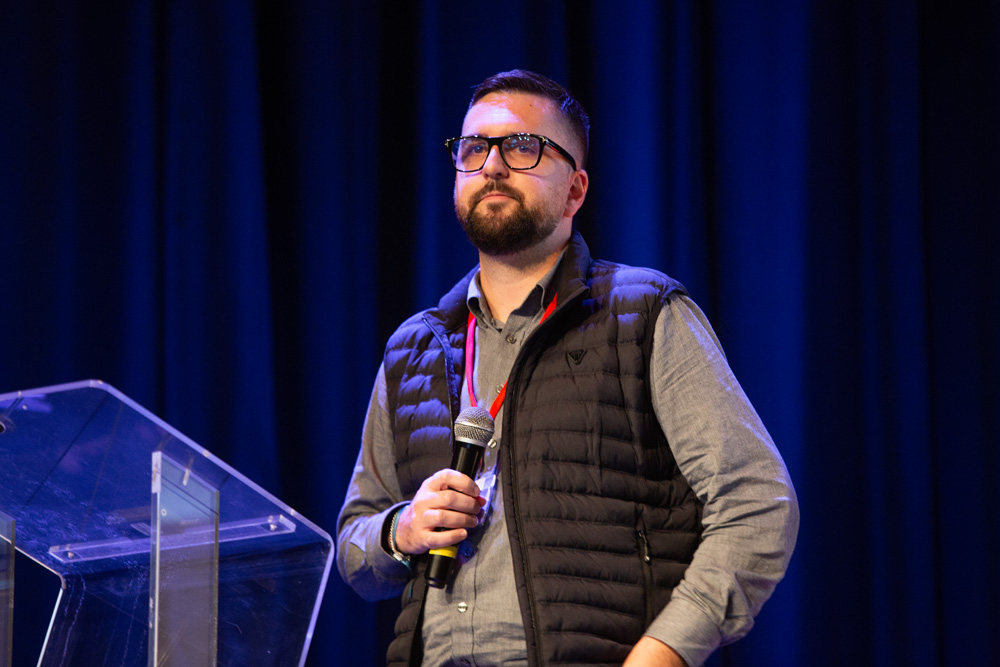Strategy for controlling particulate contamination during renovation work while maintaining injectable drug production activity
3 October 2024
D. Goulley1,2, M. Devaux1, C. Pernot11 Unité de Pharmacotechnie, CHU de Dijon, 14 rue Paul Gaffarel, 21000 Dijon, France
2 UFR Science de Santé, 9 Boulevard Jeanne d’Arc, 21000 Dijon, France
Introduction
The aim of this work is to present measures implemented to control particulate contamination during refurbishment of the air treatment affecting half of the pharmaceutical technology unit, while maintaining 90 % of injectable drug production activity (50 000 preparations per year) in the remaining adjacent area. This area consists of a personnel airlock, a product airlock, a release zone adjacent to a Grade C over-pressurized cleanroom, equipped with two double-station isolators and an independent air treatment system.
Material and methods
The areas affected by refurbishment were physically confined. Mobile air treatment devices (Plasmair®) were installed in the three airlocks / areas contiguous to the cleanroom. Continuous monitoring of particulate contamination was established using four optical particle counters (OPC), Safyr® (counting particles sized between 0.5 and 2.5 µm), connected to the data acquisition software, Lyra® and placed in the three airlocks / areas as well as in the cleanroom (the most critical point). Alert and action thresholds were defined to monitor trend analysis and implement corrective measures if necessary. Simultaneously, room pressure monitoring was continuously conducted in Lyra®, and microbiological monitoring of surfaces and air was performed.
Results – Discussion
During our study period (February 1 to June 15), alert and action thresholds were exceeded five and two times respectively, for the OPC placed in the release zone. The action thresholds were exceeded during planned and anticipated drilling operations in this area (where confinement was not possible). No deviations were observed for the other OPCs, particularly for the one placed in the cleanroom when the action thresholds of the OPC placed in the adjacent release area were exceeded. The monitoring software allowed real-time tracking of the return to normal conditions and, most importantly, the absence of particulate contamination in the cleanroom. No pressure deviations were recorded. No microbiological samples tested positive.
Conclusion
The particulate contamination control measures proved to be effective. The simple and efficient particulate contamination monitoring, carried out by continuously measuring the number of particles in the air, provided indications of the maintenance of our installation’s performance by monitoring trends both at rest and in operation, and tracking deviations with complete data traceability.
